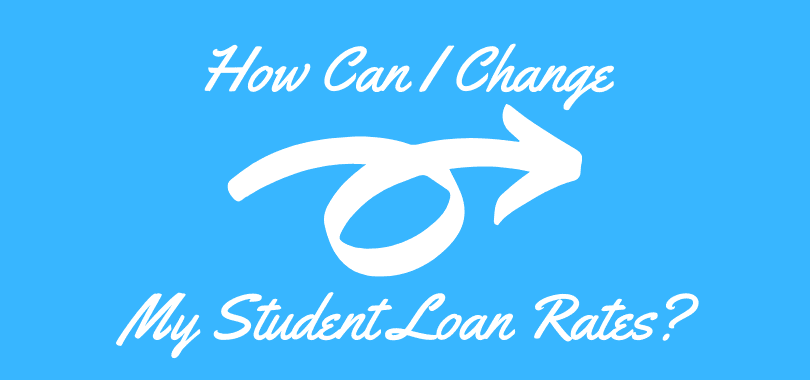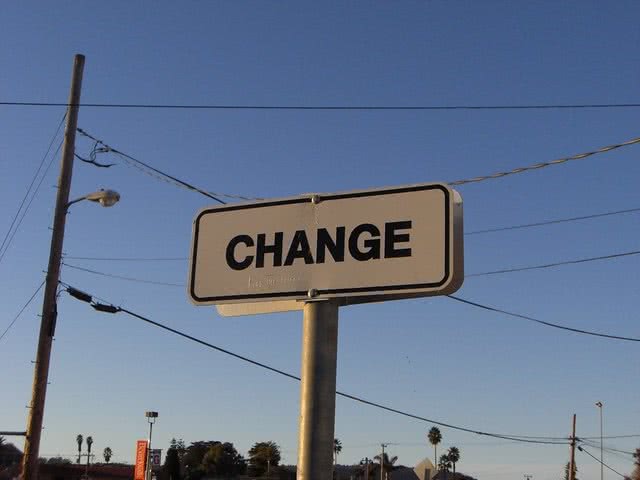Here’s something that you should know if you are planning on borrowing money to pay for college—you’re not necessarily stuck with the interest rate that you are offered at the time of taking the loan. When you take out a student loan, don’t just resign yourself to the rate that you borrowed at. There things you can do to qualify for lower interest rates on your existing loans. And you can also apply for new, lower loan rates.
There are three things you can do to lower the interest rate on your existing student loans.
Sign up for automatic payments
When you sign up for automatic payments, the minimum payment is automatically transferred from your account to the lender’s account every month.
One reason that many borrowers don’t sign up for auto-payments is the fear that their account may be overdrawn. This could happen if you had some unexpected expenses that month. This could result in you having to pay overdraft fees and penalties.
However, if you can make sure to keep tabs on the balance in your account regularly, you will find that automatic payments are not just convenient they can also help lower the interest rate on your loan. You can get a 0.25% discount on your loan interest rate when you sign up for automatic payments. While this may not sound like much, it can add up to a substantial amount over the life of your loan.
Make your payments on time, every time
If you make all your payments on time for at least 3 to 4 years, without even one delayed or missed payment in between, most lenders will automatically apply an interest rate reduction of 0.25% to your account.
This applies to most federal student loans and some private loans. Check the terms of your loan. Make sure that you get the discounted rate after you’ve made the necessary number of payments.
Paying consistently on time has other benefits too, of course. It will help you avoid student loan default and delinquency. And ultimately will help your credit score.

Refinance to get lower loan rates
The best way to get lower loan rates is by refinancing your existing student loans. The way refinancing works is that you take out a new lower rate loan to help pay back some of all of your high-interest federal or private student loans. The refinanced loan is a completely new loan, with a new interest rate, new monthly payments, and new repayment term.
To be eligible for student loan refinance, you must be employed and earning a steady income, have a low debt-to-income ratio, and have a strong credit history. If you fail to meet any of these requirements, the only other way to get approved for refinancing is by getting a cosigner who meets the eligibility criteria.
Looking to refinance? Check out College Raptor’s review of the 6 best refinance and consolidation companies. Be sure you do your research and compare lenders before settling on one.






